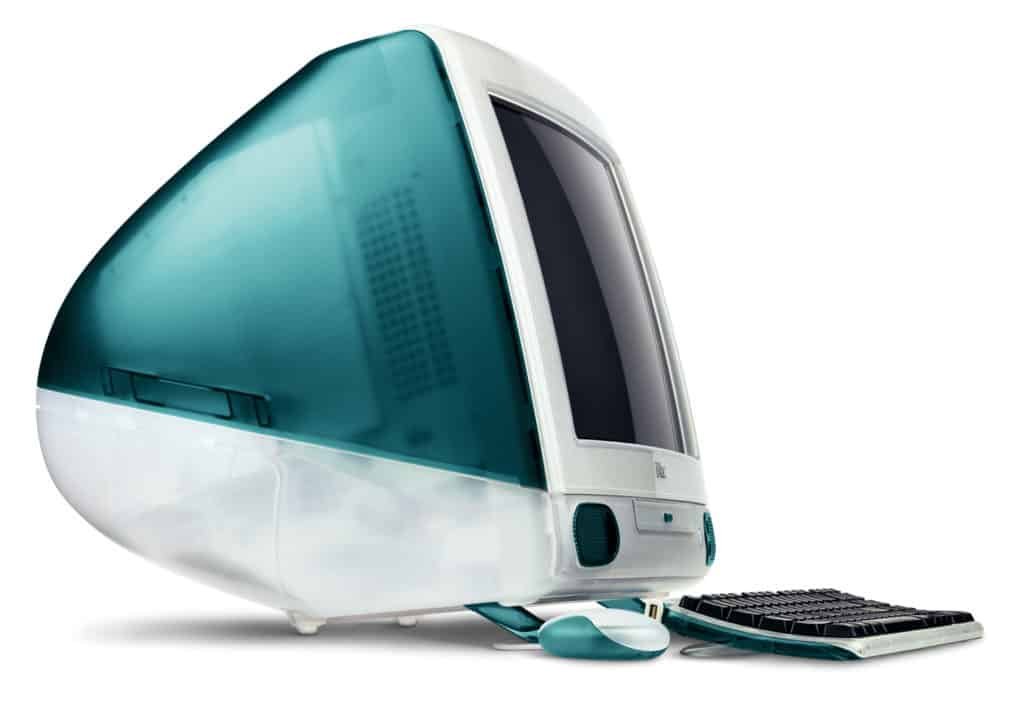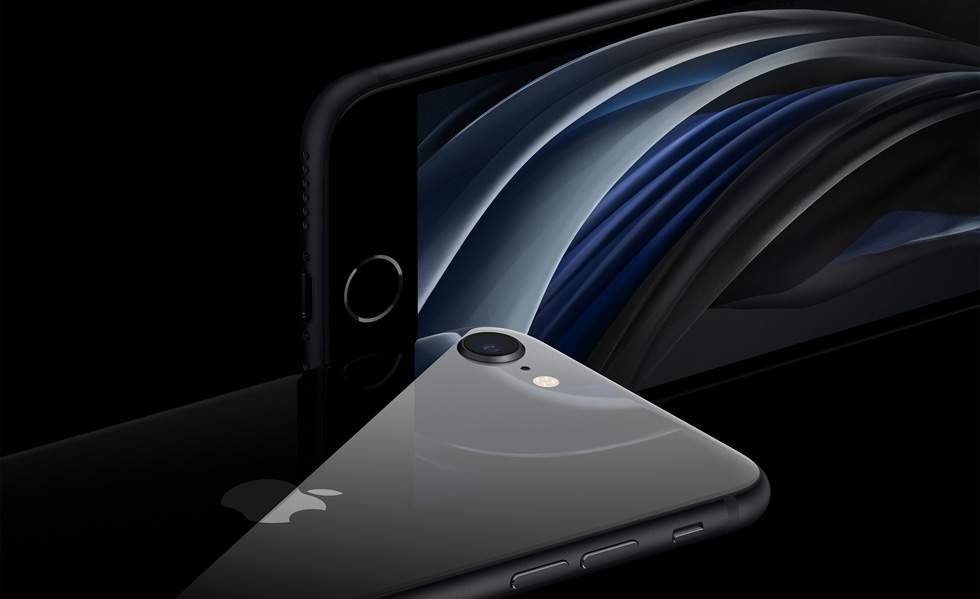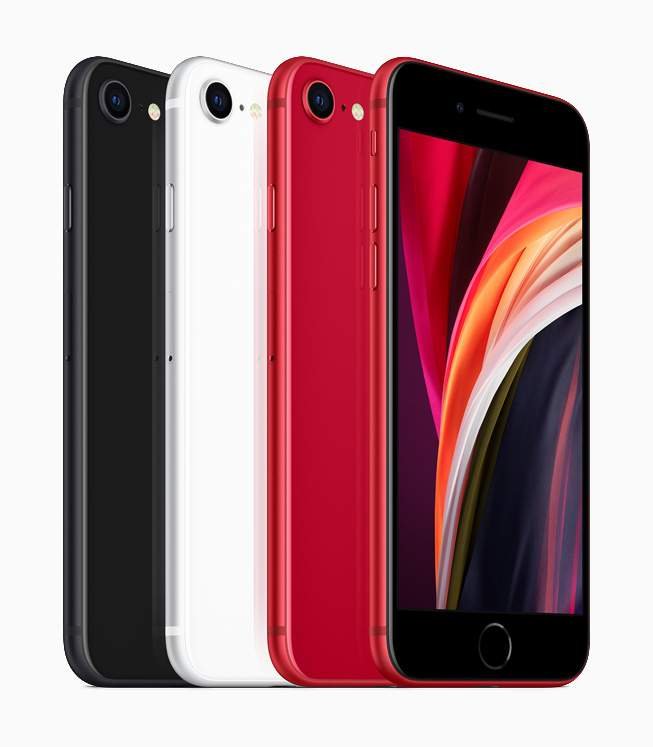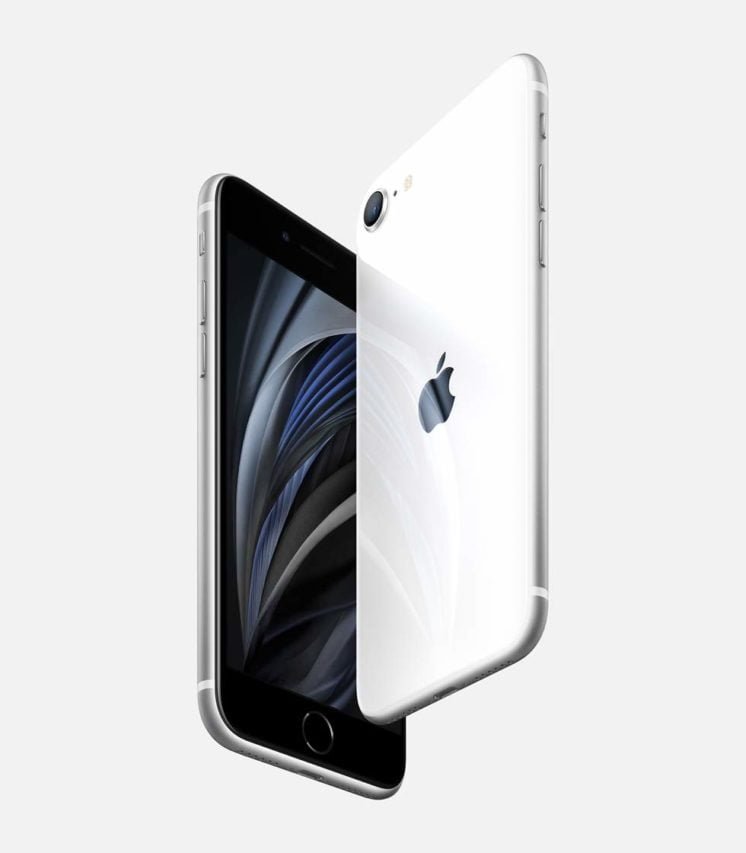The iMac ad campaign consists of a series of seven television commercials. These commercials advance Apple Computers newest generation of personal computers: the iMac. The iMac is a personal computer that is an AIO unit (All In One) and is housed in a translucent white and green case. Apple has attempted to make a simple, cheap, powerful, and easily connectable computer for people of all ages. The idea began about two years ago when Apple acquired Next Computers and restored Steve Jobs to Interim CEO of the Apple. Do you study to learn: If Yes? Then read the lot. Let’s Study: The Case Study of Ad Campaign for Apple iMac. The case Reference: Encyclopedia of Major Marketing Campaigns, Thomas Riggs.
How to achieve the growth business by the Apple iMac Ad Campaign? So read the case, The Case Study of Ad Campaign for Apple iMac.
Jobs, who founded Apple and created the modern computer, was the visionary who conceived the idea of a computer that was as attractive and simple as it was powerful. In the late 1990s technology analysts speculated that Apple Computer, Inc.’s fate hinged on its new personal computer the iMac. Ever greater numbers of consumers were buying personal computers (PCs) that ran on Microsoft’s Windows operating system rather than Apple’s version.
Although Apple had pioneered user-friendly computers, the company had not introduced a consumer-targeted computer since 1992. Hoping that its stylish new iMac would propel Apple back into this vast segment of the market, Apple released its iMac ad campaign. Apple’s share of the worldwide desktop-computer market had plummeted since 1995, the last year the company had been profitable. He set a team of designers to work on putting Apple’s existing computer chip, the Motorola Power PC Generation 3, into an awe-inspiring case. During the spring of 1998, rumors began to fill silicon valley that Jobs was about to reinvent the modern PC.
The first official word on the iMac came near the beginning of summer. Jobs announced that he was preparing to introduce a new line of computers unlike any that he had produced. At this press conference, he displayed some concept drawings to wet the media’s appetite. In August, the iMac was introduced to consumers. The day it was released, there was already over a month’s backorders for the new machine (Macworld Web). Later that month, Apple began running commercials on the major television networks.
The $100 million campaign, created by the ad agency TBWA\Chiat\Day, debuted on August 16, 1998. Its advertisements featured brightly hued computers against a plain white background, thereby further emphasizing the iMac’s one-of-a-kind colorful shell, and contained snappy copy that underscored either the iMac’s aesthetics or its user-friendliness. The campaign, which consisted of network and national cable television commercials (as well as spot television marketing in Apple’s top 10 markets), magazine, billboard, and bus ads, and radio spots, was the largest marketing effort in Apple’s history.
But despite the high stakes involved for the company, the iMac ad campaign delivered its message in a ‘‘fun and factual’’ way, an Apple spokesperson stated in the August 14, 1998, San Francisco Chronicle. The ads highlighted the iMac’s easy Internet access, its simplicity (especially when compared to rival PCs), and its speed. Central to each ad was the iMac’s unique design. ‘‘Chic, not geek,’’ proclaimed one, while another simply said, ‘‘iCandy.’’
The iMac’s debut was triumphant, and 1998 proved to be Apple’s first profitable year since 1995. Many industry analysts credited the iMac as the primary force behind this turnaround. ‘‘A year and a half ago, Apple had no future; now it does,’’ proclaimed Fortune. Consumer surveys revealed that a substantial percentage of iMac purchasers were first-time Apple buyers, which indicated that the iMac ad campaign had succeeded in its goal of winning over new computer buyers and PC converts.
Historical Context of Ad Campaign for iMac:
Founded in 1977, Apple had fallen on hard times by the mid-1990s. The company had made history in 1984 when it introduced the Macintosh, a machine that revolutionized the computer world with its graphical screen displays, pull-down menus, and other user-friendly features. While International Business Machines Corp. (IBM) licensed its operating system and other technologies, thereby launching an armada of inexpensive PC clones, Apple instead honed its image as the purveyor of ‘‘machine’s for free-thinking, discriminating nonconformists and rebels,’’ according to Macworld.
Apple consistently touted the fact that its computers, unlike those of its rivals, were simple to use. The introduction of Microsoft’s Windows operating system in the early 1990s undermined the force of these claims, however, as Windows provided similar graphical features and screen windows. A proliferation of similar products confused customers at the same time that Apple’s image making efforts devolved into chaos. By 1996, 25 separate Apple campaigns were running simultaneously. As the company’s market share plummeted precipitously—from a high of around 14 percent in 1993 to a paltry 3 percent in 1997—software writers threatened to stop creating programs for the Apple operating system, claiming there was no profit to be made.
Consumers began to doubt that Apple would survive and was reluctant to spend thousands of dollars on a machine that might quickly become a dinosaur. ‘‘This company was in a death spiral,’’ an Apple executive told Newsweek. Steve Jobs, one of Apple’s founders, returned to the company as interim CEO in 1997 and quickly strove to right the troubled company. After trimming the product line to two broad categories—home and business—Jobs vowed to focus the ‘‘home’’ line on Apple’s key markets of consumers and school users.
At the same time, Jobs oversaw the creation of 1997’s ‘‘Think Different’’ advertising campaign, a high-profile effort designed to reassert that Apple, though plagued by bad press and sinking profits, was a vibrant company producing innovative products for innovative people. Jobs’ strategy halted the company’s free fall, and in April 1998 Apple reported its second straight profitable quarter. The company still needed to prove that it could compete for the consumer market with rival PC makers such as Hewlett-Packard, Compaq, and Dell. While Apple retained ‘‘Think Different’’ as an overarching branding campaign, it needed advertisements to herald the arrival of its newest machine, the iMac.
The Ad Campaign Target of the sell for iMac:
Apple wanted to market the iMac predominantly into three groups: loyal Apple users, first-time computer buyers, and PC owners. As the company had not introduced a new consumer product since 1992, it hoped that many Apple users would choose to upgrade to the iMac. The company had long cultivated a rebellious image, with advertisements ranging from the famous ‘‘1984’’ commercial to the stark ‘‘Think Different’’ photos of maverick geniuses who had flouted conventional wisdom to make stunning contributions. As a result, Apple buyers tended to be those who perceived themselves to be somewhat outside the mainstream and who valued creativity.
Advertisements for the iMac were crafted to reach this group as well. The print ads used arty photos of the iMac that made the computer look less like a machine and more like a museum piece. The taglines in some of the print pieces also followed the Apple advertising formula. For instance, ‘‘I think therefore iMac,’’ punned on Descartes’ famous maxim, and understanding the reference required a degree of intellectual literacy. Moreover, the quirky, insider-type wit was likely to appeal to the alternative audience comprising the bulk of Apple loyalists. Reaching first-time computer buyers presented an entirely different set of challenges.
An industry analyst estimated that 5 million to 10 million consumers were ready to buy their first computer. According to an Apple news release, this analyst concluded that ‘‘access to the Internet is a leading reason for consumers to buy a personal computer.’’ The technological world was often overwhelming to the uninitiated, though, with its talk of RAM, gigabytes, and modem speed. The ‘‘iMac’’ campaign sought to allay these consumers’ fears. One print ad suggested that the most complicated aspect of buying an iMac was deciding which color to purchase. ‘‘The thrill of surfing. The agony of choosing,’’ the piece quipped. ‘‘Buying a computer used to be a decision based on processor power, functions, and software packages,’’ said the Austin American-Statesman. ‘‘iMac has changed things because it is now about choosing between strawberry and grape.’’
Other print ads—‘‘Yum’’ and ‘‘iCandy’’—likened the machine to a sweet treat, further demystifying it. The television commercials, such as ‘‘Simplicity Shootout,’’ also emphasized the iMac’s user-friendliness by juxtaposing Apple’s easy setup and Internet access with the hassle of trying to use a Windows-based PC for the first time. Commercials featuring the actor Jeff Goldblum validated the insecurities of the Internet ‘‘newbie.’’ ‘‘It seems a big party is going on these days,’’ Goldblum said to the camera, referring to the Internet. ‘‘But, I don’t have an e-mail.’’ He then proceeded to explain how easy it was to get on the Internet with the iMac.
The third group Apple strove to target with the iMac ad campaign was consumers using other PCs. Many analysts doubted that Apple could entice an appreciable number of Windows aficionados to purchase the iMac as their next computer, according to Tulsa World. Apple believed it could. To do so, the company hammered home the message that the iMac was faster, simpler, and equally as affordable as comparable PCs. The ‘‘iMac’’ campaign conveyed that ‘‘We have a better product,’’ an Apple executive told Advertising Age. Apple also used the iMac’s style as an important selling point. One particular print ad (that humorously declared, ‘‘Sorry, no beige’’ above a turquoise iMac) embodied an underlying premise of the ‘‘iMac’’ campaign: ‘‘people would be able to further express themselves through their computers,’’ as an Apple spokesperson told the Austin American-Statesman.
Marketing Strategy for Selling:
To reach the diverse audience comprising its three target markets, Apple unleashed the iMac ad campaign with a media blitz. ‘‘It is easily our most far-reaching, coordinated use of the media,’’ a company spokesperson told the San Francisco Chronicle. Television commercials played a central role in communicating the campaign’s message to a vast number of consumers. While many rival computer companies focused heavily on trade publications, Apple aggressively pursued consumers where they lived. ‘‘Determining the media mix was complicated,’’ an Apple executive told Editor & Publisher. ‘‘iMac is targeting toward a variety of different markets, and buyers don’t necessarily need to be technologically savvy.’’ After the campaign’s launch on The Wonderful World of Disney, iMac spots aired on popular network shows that garnered a mainstream audience, such as Home Improvement, Spin City, Just Shoot Me, Friends, and 20/20.
Apple also used national cable channels, such as Comedy Central, FX, and MSNBC. To ensure that its base of Apple users knew of the iMac and its updated features, the company also bought local airtime in its top 10 markets: Boston, Los Angeles, New York, San Francisco, Chicago, Philadelphia, Washington, D.C., Seattle, Minneapolis, and Denver. The television commercials relied on humor to convey the iMac’s qualities. A spot called ‘‘Simplicity Shootout’’ featured ‘‘Adam Taggert, 26, Brown University graduate, Class of 1994’’ competing against a 7-year-old boy and his dog in a duel to set up their respective new computers. Taggert, who had selected a PC, fumbled with cables and manuals for quite a while, while the youngster had his iMac up and running in five minutes.
Later television spots portrayed actor Jeff Goldblum (who had provided the voice-over on earlier iMac commercials) talking frankly and calmly about the iMac. Still, others concentrated on the visual vividness of the machine. In January 1999, after Apple launched five additional iMac colors (tangerine, lime, strawberry, blueberry, and grape), TBWA\Chiat\Day created a commercial that pictured the five bright iMacs spinning artfully to the Rolling Stones’ song ‘‘She’s a Rainbow.’’ Apple used other media as well. The colorful print ‘‘iMac’’ pieces were published in a number of consumer magazines, including ESPN, Time, Entertainment Weekly, Wired, Vanity Fair, Elle, and Metropolitan Home.
Moreover, the company engaged in a major saturation effort in its top 10 markets. Billboard versions of the ads (showing the iMac and containing a single tagline, such as ‘‘Mental Floss’’), bus ads, and radio spots all played an important role. Apple also broadcast ‘‘countdown to iMac’’ radio pieces in these markets during the days prior to the iMac’s introduction. In addition, it sponsored radio promotions in which an iMac was given away every day. The company even went so far as to install 20-foot inflatable iMacs atop some computer stores. ‘‘Apple is acting more like a package-good marketer than a technology company,’’ exclaimed Advertising Age.
An analyst for the magazine concurred: ‘‘They’re creating an environment in which an awful lot of potential consumers are paying attention to them.’’ Maintaining such a high profile was essential not only for Apple to sell more iMacs, but also ‘‘to reestablish the company’s credibility,’’ according to the San Francisco Chronicle. The ‘‘iMac’’ campaign was truly a global marketing effort. Half of the $100 million ad budget was used in the United States, but the remaining sum brought the message of the iMac’s simplicity to Europe, Japan, and other international markets. The campaign was released in these regions on August 29, 1998.
Competition for Sell:
The magnitude of Apple’s goal of convincing first-time computer buyers and PC owners to consider the iMac was mammoth. According to Investor’s Business Daily, 85 percent of the desktop-computer market consisted of Windows-based PCs. The leading computer manufacturer was Compaq, which in 1994 overtook IBM to become the market leader. Compaq was no stranger to consumer-oriented advertising campaigns. In 1995 Compaq debuted ‘‘Has It Changed Your Life Yet?,’’ which was created by the ad agency Ammirati Puris Lintas. The commercials were intended to show how Compaq PCs ‘‘change[d] . . . lives in small but important ways for the better,’’ an Ammirati spokesperson told Marketing Computers. One spot showed a delighted child receiving a Compaq for Christmas.
In 1998 Compaq doubled its ad spending for its Presario computer, which was its primary consumer-oriented machine. In February 1999 Compaq inaugurated a worldwide branding campaign. As of October 1998, Compaq maintained a 13.7 percent share of the worldwide computer market. IBM devoted a massive advertising budget to reaching home-computer users. In the early 1990s, IBM came under attack for being an unwieldy behemoth in the increasingly nimble computer industry. In an effort to revamp its image IBM began its ‘‘Solutions for a Small Planet’’ campaign in 1995. Although many of these Ogilvy & Mather spots directly addressed businesses, the overall goal of the campaign was to bolster the IBM brand. In February 1998 IBM specifically sought to reach consumers when it spent $50million on an Olympics ad campaign.
The print ads and television spots celebrated little-known athletes whose personal accomplishments embodied the spirit of the Olympic Games. As Advertising Age explained, IBM planned to ‘‘make viewers feel better about IBM and better about IBM technology.’’ In addition to airing the campaign during Olympics broadcasts on CBS and TNT, print pieces appeared in Sports Illustrated, Time, the Wall Street Journal, and USA Today. IBM had an 8.6 percent share of the market in October 1998. Another rival, Hewlett-Packard, teamed up with agency Goodby, Silverstein & Partners in 1997 to produce ‘‘Expanding Possibilities,’’ a $40 million consumer campaign. Other competitors, such as Microsoft, Intel, and Dell, also engaged in brand-building campaigns during the period.
An outcome of Ad Campaign for the iMac:
Despite a blockbuster launch of the iMac, many commentators predicted that the quirky machine would not convert PC users or lure first-time buyers. They were wrong. In its first weekend, the iMac generated $25 million in sales. ‘‘It was the best-selling computer we ever had in a single day,’’ a representative from CompUSA proclaimed to the New York Daily News. Nor was this a flash in the pan. At the close of 1998, Apple announced $309 million in profits, of which ‘‘sales of the iMac accounted for a good portion,’’ said the San Jose Mercury News. The company’s stock prices shot up, as did its market share, which reached 5 percent in October 1998. The following month the iMac was the best-selling desktop computer in the United States.
And, as the San Jose Mercury News noted, the iMac ‘‘wooed not only Mac faithful but also first-time buyers and veteran users of other systems who were new to Mac.’’ A consumer survey reported in Newsbytes News Network revealed that an estimated 40 percent of iMac buyers were new Apple buyers. Apple remained committed to growth in the consumer sector. ‘‘Apple’s future is in the consumer market,’’ an ebullient Jobs told Fortune. In July 1999 the company debuted the iBook, a portable computer designed for consumer use. This laptop, like the iMac, featured bright colors and a unique design. Even though the campaign’s exposure waned after 2000, the iMac ad campaign did not officially end until Apple released its 2002 ‘‘Switchers’’ campaign, which featured real-life people whose lives were improving after they switched to Apple computers.









